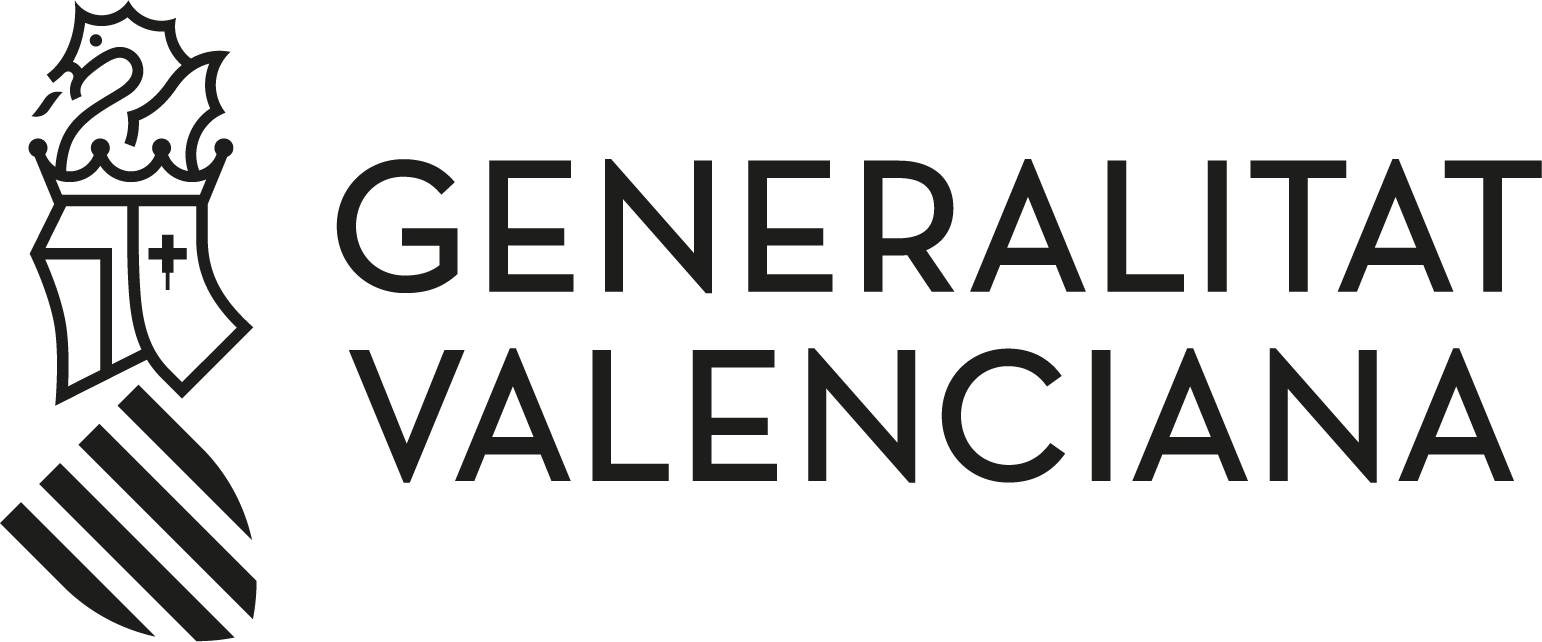Explore Castelló de la Plana’s best sights
Castelló de la Plana is a destination bursting with history, culture and heritage. Wherever you wander in the city, you will come across the most incredible treasures.
Castelló de la Plana is divided into three areas: the historic centre, the modern districts and El Grao de Castelló, which rubs shoulders with the sea. Each area boasts its very own culture and customs. Fancy coming for an explore?
Roam the city’s streets and you’ll be taken on a journey back in time. The historic centre is populated with great buildings representing all periods and styles. One of the most impressive is Santa María la Mayor, the Gothic cathedral. Step inside and you will find spectacular stained-glass windows, Baroque images, paintings and a beautiful 18th century image of La Inmaculada.
Sitting next to Santa María la Mayor co-cathedral is El Fadrí, a 15th century bell tower. A spiral staircase counting over 200 steps snakes its way to the top; the climb is well worth it. El Fadrí is one of the locals’ most beloved monuments and could even be said to be the symbol of the city.
Castelló de la Plana is a history-steeped city packed with countless monuments and buildings. Lonja del Cáñamo is another building of great historic importance. Constructed between 1606 and 1617 by Francisco Galiança, the building has a rectangular plan and late Renaissance features. It was declared an Historic and Artistic Monument in 1984. In the present-day, the ground floor is used to host exhibitions and other events while the upper floor is a private apartment.
Next on your tour of Castelló de la Plana’s sights is Muralla Liberal. These are the remains of the Carlist city walls that were built as fortifications in the 19th century. Ruins that speak of the city’s history.
And then you can head to a sight with great cultural value. Teatro Principal reopened its doors in 1999 following a full remodel in which the original Italian layout of the theatre was restored. Inside, magnificent paintings decorate the ceiling of the auditorium and the area around the stage. Without doubt, well worth a visit.
Another one of the many things to see in Castelló de la Plana is Basílica de la Mare de Déu del Lledó, a church honouring the city’s patron saint. The church was built on top of two much older places of worship, dating to the 14th century. The basilica is home to the image of the Virgen which, legend has it, was found by a farmer when he was ploughing the land.
Castelló de la Plana breathes history and culture wherever you go. Casino Antiguo (the old casino), the Auditorium, Castellón conference centre and El Grau are more of just some of the many places to visit on your exploration of the city’s heritage.









